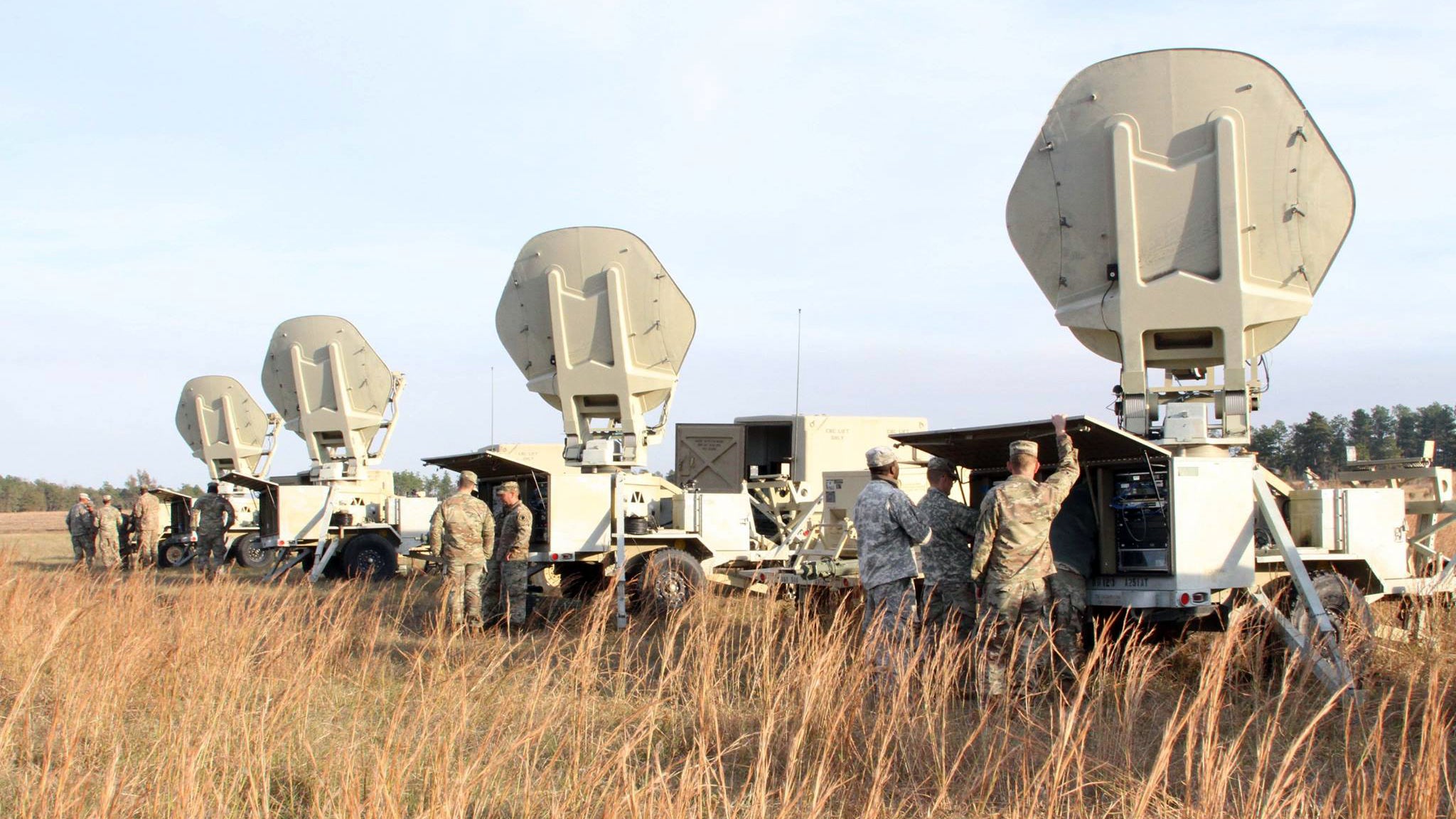Unified Network Needed for Multidomain Operations
Unified Network Needed for Multidomain Operations

The Army must build a unified network capable of supporting troops anywhere around the world as the force prepares for the future battlefield, said the new deputy Army chief of staff, G-6.
“This unified network is going to be operationally imperative to support multidomain operations,” said Lt. Gen. John Morrison.
The goal is to “make it easy for formations that are in the [continental U.S.] to rapidly deploy to any area of operations and immediately plug in and start conducting operations,” he said.
The Army also is focused on installation modernization, including exploring newer capabilities such as 5G, wireless and secure wireless, he said. “There may be other ways we can meet the needs on the installations but, more importantly, also set the overall enterprise so we really posture it for global operations.”
That connectivity will be crucial on a multidomain battlefield, particularly when it comes to capabilities such as long-range precision fires, intelligence, surveillance and reconnaissance, and cyber, Morrison said.
Morrison spoke to reporters Oct. 27 as he takes on the newly redefined role of the Army G-6.
Earlier this year, the Army announced it would split the roles of chief information officer and deputy chief of staff, G-6. The move comes after 18 years of having a single officer fill both roles.
Morrison became the G-6 on Aug. 4, and he serves as the principal military adviser to the Army chief of staff for planning, strategy and implementation of command, control, communications, computers, cyber and information technology for Army operations worldwide.
A separate CIO will report to the Army secretary.
As the two offices are established, it’s critical that they are filled with the right people with the right skills, Morrison said. This could include rewriting some position descriptions for the skills the Army needs, such as more cloud, data and cyber expertise, he said.
“I think the biggest challenge is hiring in the current operating environment, for a lack of a better term,” he said. “The skill sets we’re going to want to go after are in very high demand. But I think this is one of those rare opportunities where you’re able to set up two organizations to really posture themselves and the Army for the future.”

